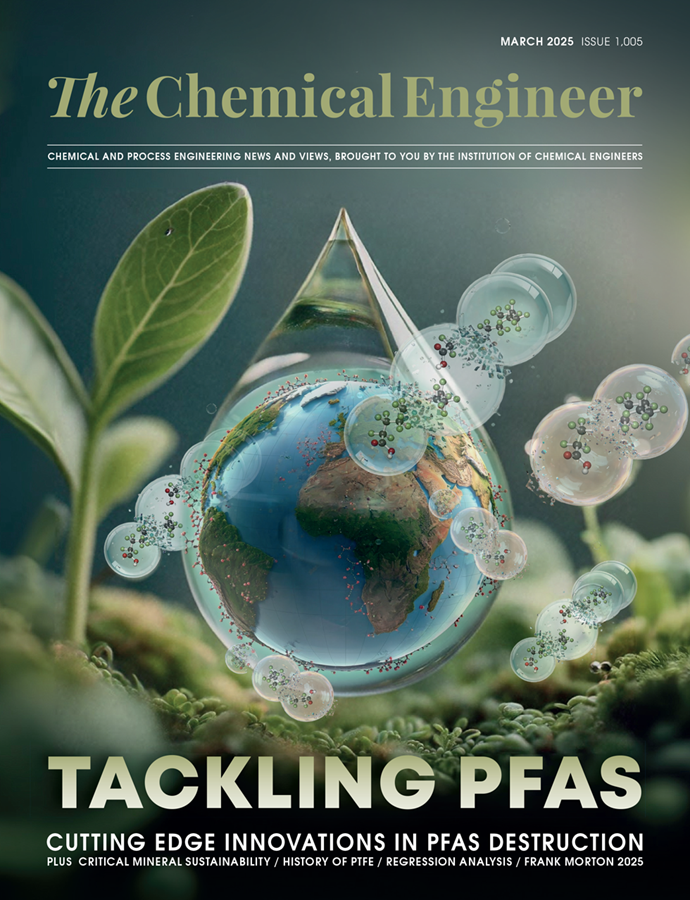Rio Tinto agrees deal to build Western Australia copper mine with Japanese partner

MINING giant Rio Tinto has reached an agreement with Japanese company Sumitomo to build a copper and gold mine in northern Western Australia.
The British-Australian company announced last week that Sumitomo will own a 30% share of the Winu copper-gold mine, valuing the project at more than A$2bn (US$1.27bn).
Initial plans are for the Winu site to have a capacity to mine 10m t/y of copper and gold. Rio Tinto hope to expand this.
The Winu mine will be built on Nyangumarta and Martu Aboriginal land in Pilbara, Western Australia. Rio Tinto says they have worked in “close partnership” with leaders from both communities in planning the mine. The company faced outrage in 2020 after deliberately destroying a 46,000 year-old sacred Aboriginal site to expand its iron ore mine in Pilbara.
Rio Tinto copper chief executive, Katie Jackson, said: “We share a long history with Sumitomo Metal Mining as partners and deeply value the commitment they will bring to the Winu project.
“We look forward to working more broadly as strategic partners to find new ways to deliver value across the metals and minerals supply chain.
“We will continue to advance the Winu project in close partnership with the Nyangumarta Traditional Owners and the Martu Traditional Owners, in a way that benefits all parties.”
Sumitomo mineral resources manager, Hideyuki Okamoto, said: “We look forward to renewing our longstanding relationship with Rio Tinto by partnering on the highly attractive Winu project. We are also excited to explore further opportunities for collaboration given the strong alignment between our companies.”
The two companies expect to finalise the deal in early 2025.
'Green tape'
Mining has become a contentious political issue in Australia in recent years. The latest Winu announcement comes months after opposition leader Peter Dutton attacked the government for imposing “green tape” on mining projects, pledging to defund the Environmental Defenders Office and serve as the industry’s “best friend” should he become prime minister in the country’s general election next year.
The Winu mine will operate for around 41 years and is predicted to emit over 80,000 t CO2e per year, and Rio Tinto expects to exceed state authorities’ “significant” annual emissions threshold of 100,000 t CO2e in peak years.
In planning documents submitted to the Western Australia Environmental Protection Agency, Rio Tinto said their carbon estimates already account for the reductions it expects to achieve by building solar and wind power generators to feed directly into Winu.
It is unclear how Rio Tinto will offset the Winu carbon footprint in order to meet their 50% emissions reduction target by 2030. Rio Tinto did not respond to a request for comment.
The planning documents also show that the mine will require over 4,800 ha of native vegetation to be cleared to make way for the 37,344 ha site.
Recent Editions
Catch up on the latest news, views and jobs from The Chemical Engineer. Below are the four latest issues. View a wider selection of the archive from within the Magazine section of this site.




